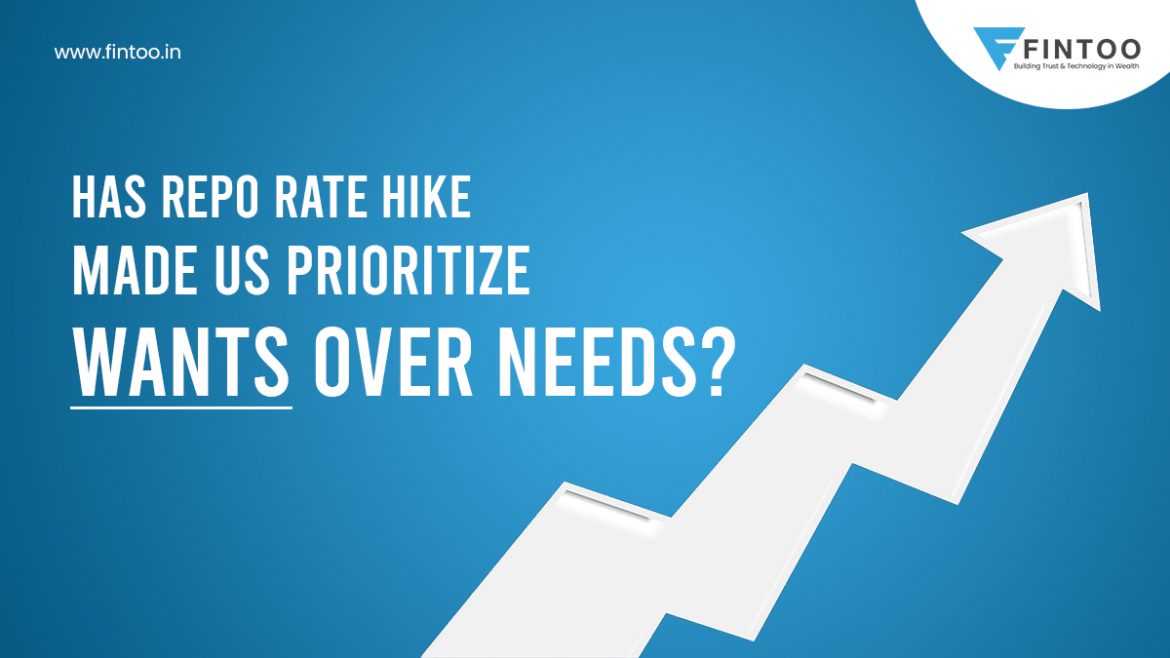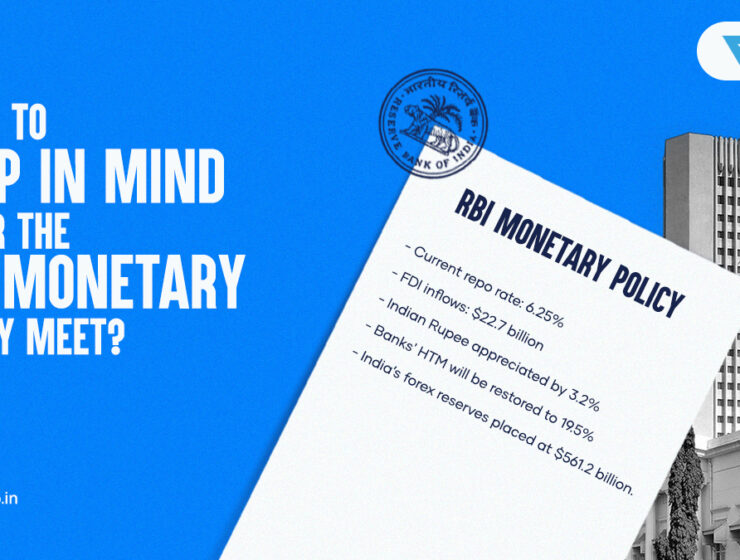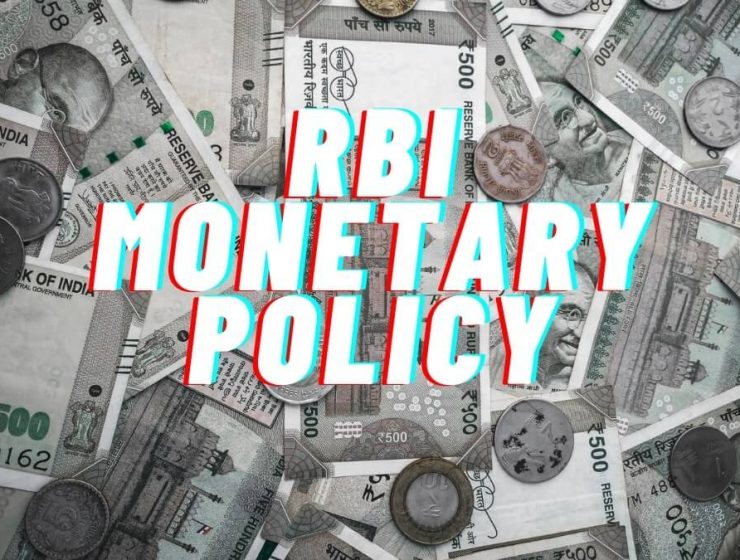

While glancing through the newspaper on a regular Tuesday morning, we stumbled upon a survey highlighting the data on peoples’ purchasing desires. Even though this segment was aimed at making brands aware of the consumers’ festive season wish list, what drew our attention was that 44% of people expressed their desire to buy clothes and jewellery. Nothing absurd about it, right?
But upon introspecting on this further, we realized something that felt unusual to us at the time. A loan default report was published recently. As per the report, approximately an additional 8% of the education loans disbursed by public sector banks had turned into NPAs (Non-Performing Assets).
So on one hand, we see that Indians are eager to purchase luxury goods, and on the other, a large number of borrowers are defaulters on education loans. Astonishingly, the arrears amount to Rs. 80,000 crores (up till June 2022). If kept on a weighing scale, ideally, clearing existing loans should be the top priority but the reality is far from this.
Is it increased accessibility to luxury goods that have made people prioritize their wants over needs? Or is it the RBI repo rate hike that has singlehandedly managed to create a mindset where people find it convenient to make festive purchases while neglecting something as important as repaying their education loan?
Unable to understand the reason behind this, we thought of carrying out an analysis to figure out the prime reason for this financial disparity.
But what has the RBI repo rate got to do with all this?
Don’t worry. We don’t believe in clickbait titles. The RBI repo rate has indeed got a bigger role to play in this narrative than what appears on the surface. Read on to learn more.
The rise of repo rate.
As per the new RBI policy announced on 30th September 2022, the repo rate elevated by 50 bps for the fourth time this year, making it 5.90%. Although the RBI repo rate is hiked with the intention to curb inflation, it creates a ripple effect.
The increasing interest.
When banks are imposed with a higher cost of borrowing funds, they naturally pass it on to the account holders via higher loan and deposit interest rates. Though people on the interest receiving end are benefitting from this policy, it has adversely affected the ones who are on the interest paying end. The education loan default rate is a major example of the same.
Speaking in terms of needs, it is evident that education is a basic human right that is not just vital for survival but also for uplifting the economy. Most people who opt for an education loan are students, who may be at the starting point of their careers and may not have high-paying jobs.
It becomes undeniably difficult for borrowers to continue to pay EMIs on a timely basis as the RBI repo rate keeps rising at an alarming rate. Consequently, borrowers end up on the defaulters’ list and this also hampers their prospects to avail of another loan in times of need as their credit score is also negatively impacted.
The benefit of no-cost EMI.
Though inflation has caused a significant increase in the prices of consumer goods, these commodities are still available at a 0% rate of interest and no-cost EMIs. Such attractive payment offers make these products more desirable, easily accessible as well as budget-friendly.
Moreover, festive seasons bring in sales and discounts from various brands and outlets. As the celebrations and interest-free deals pour in, it becomes hard to resist the urge to shop. Understandable. But this has caused a lot of people to unintentionally shift their priorities towards wants instead of their needs.
We cannot directly control inflation or the interest rate hike. But there is one thing that is within our capacity to stabilize this reverse financial phenomenon created by the repo rate. And that one thing is postponing all inessential purchases.
What should be your ideal move?
With festive offers knocking on your door, you might feel the need to upgrade your lifestyle, for eg. purchasing a new phone despite already having a perfectly working one, or upgrading your home appliances to the newest model, buying brand-new clothes, etc. There is no harm in desiring a better standard of living. However, these festive offers manage to convince us that this is the right time to obtain our desired comfort lifestyle.
But, considering the current education loan default situation, where people have started defaulting due to increase in the EMIs, it is recommended that you put the purchase of non-essential things on hold. Instead, use that money to pay off your ongoing loans. By this, we don’t mean to say that your wants are of no importance. You can purchase a new mobile phone or jewellery, but only after you have cleared your liabilities. This will enable you to avoid the extra burden of the increased EMI on your existing loan as well as the additional EMI of your new purchases.
Consumer goods might have a 0% interest rate and no-cost EMI making them convenient to acquire at any given time. But there are chances that due to the hike in the repo rate, the amount of your current EMIs may increase and the added burden may disbalance your budget and even lead you to a situation where you might not be able to pay your EMIs on time.
The bottom line is, don’t put your needs on the back-burner in the pursuit of wants. And this festive season don’t end up in a financial turmoil by letting the RBI repo rate trick you into prioritizing your wants over needs.
Disclaimer: The views expressed in the blog are purely based on our research and personal opinion. Although we do not condone misinformation, we do not intend to be regarded as a source of advice or guarantee. Kindly consult an expert before making any decision based on the insights we have provided.
Related Posts
Stay up-to-date with the latest information.


